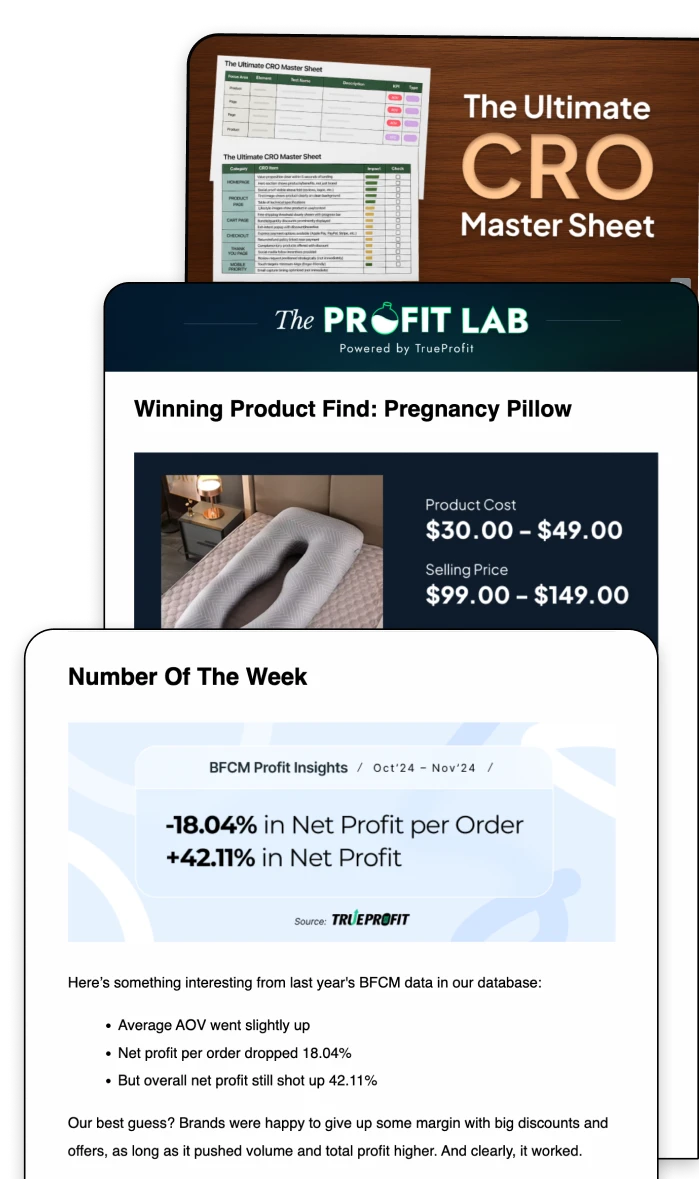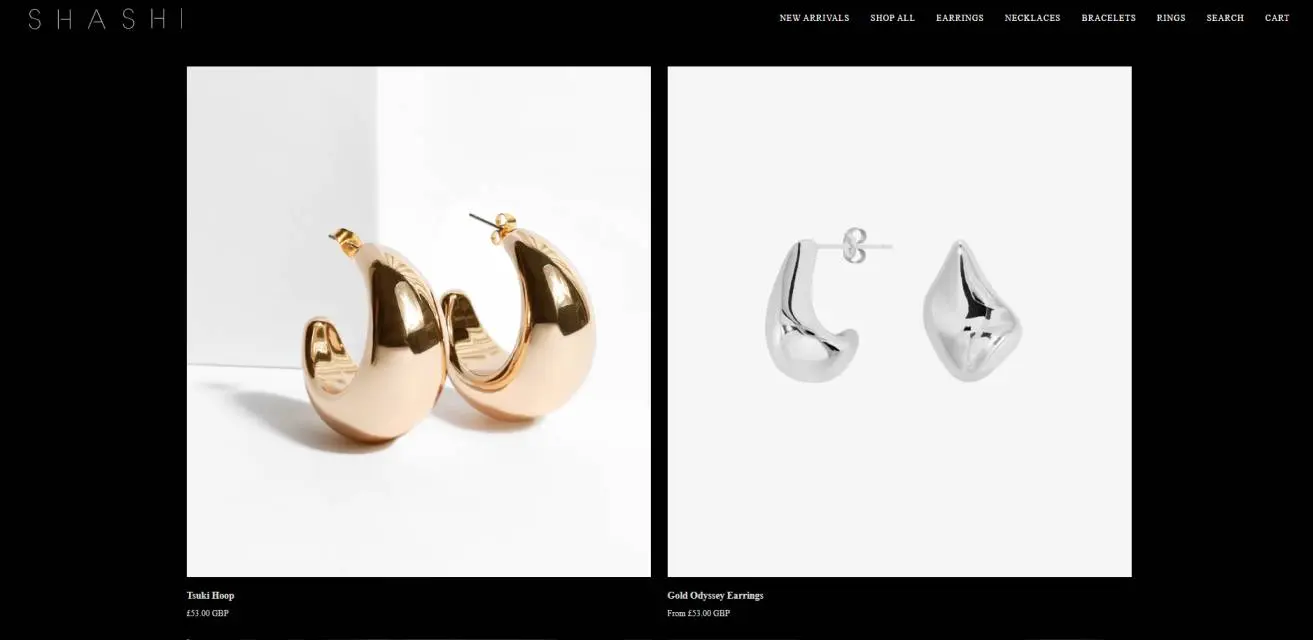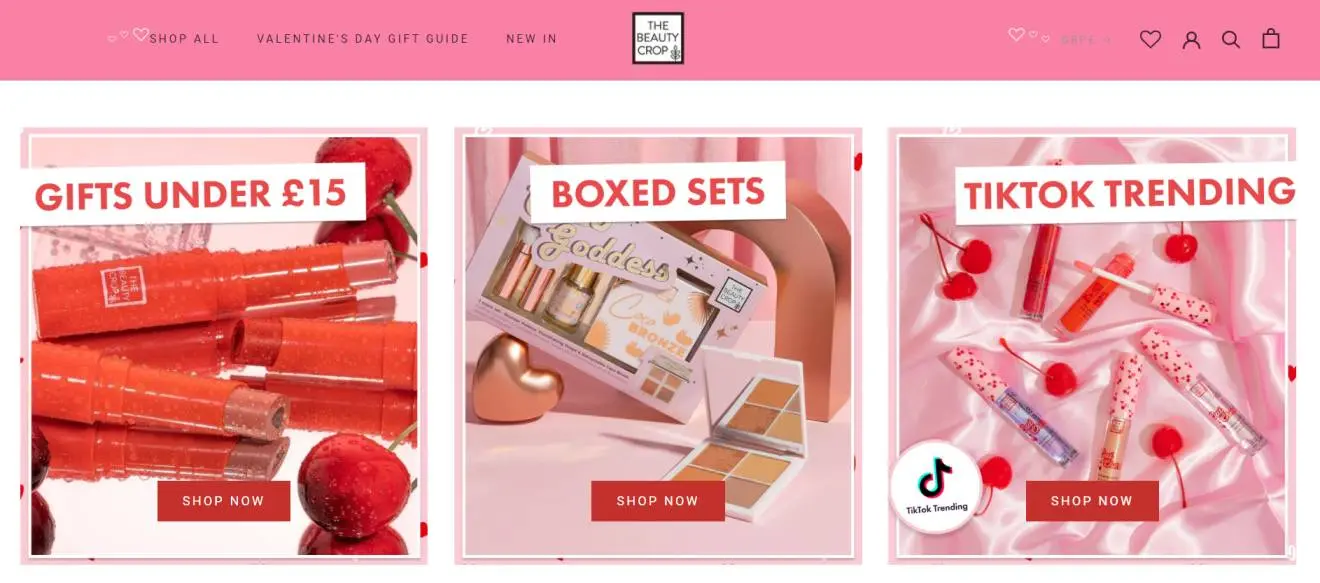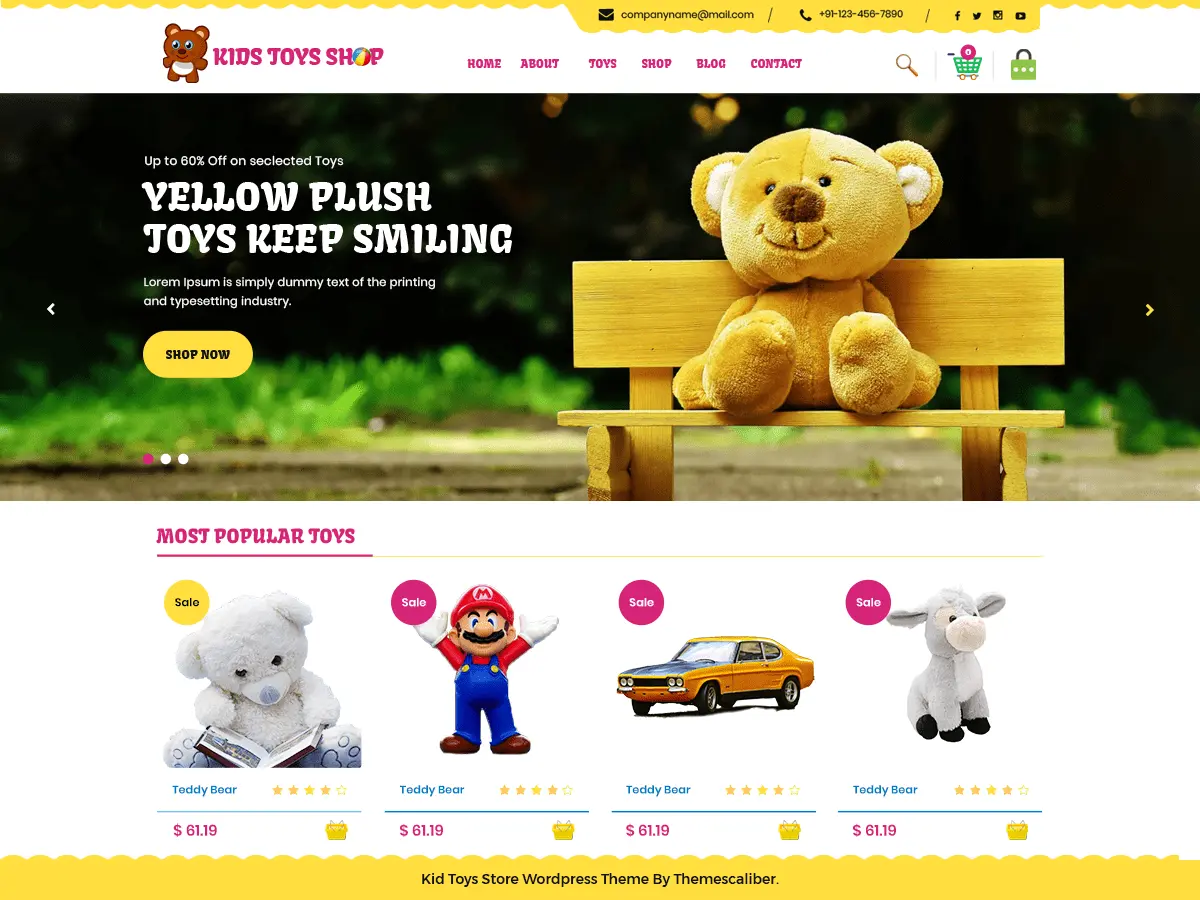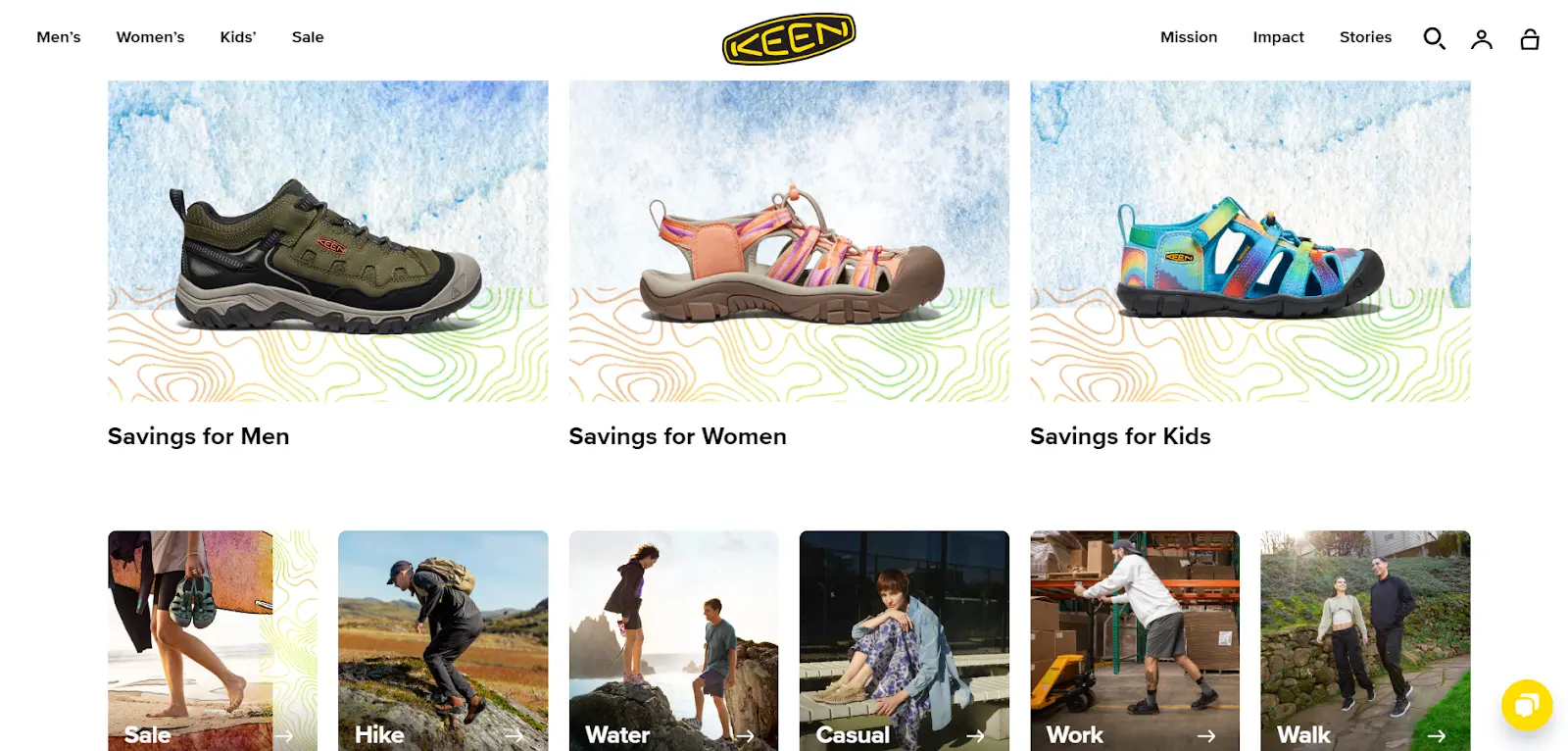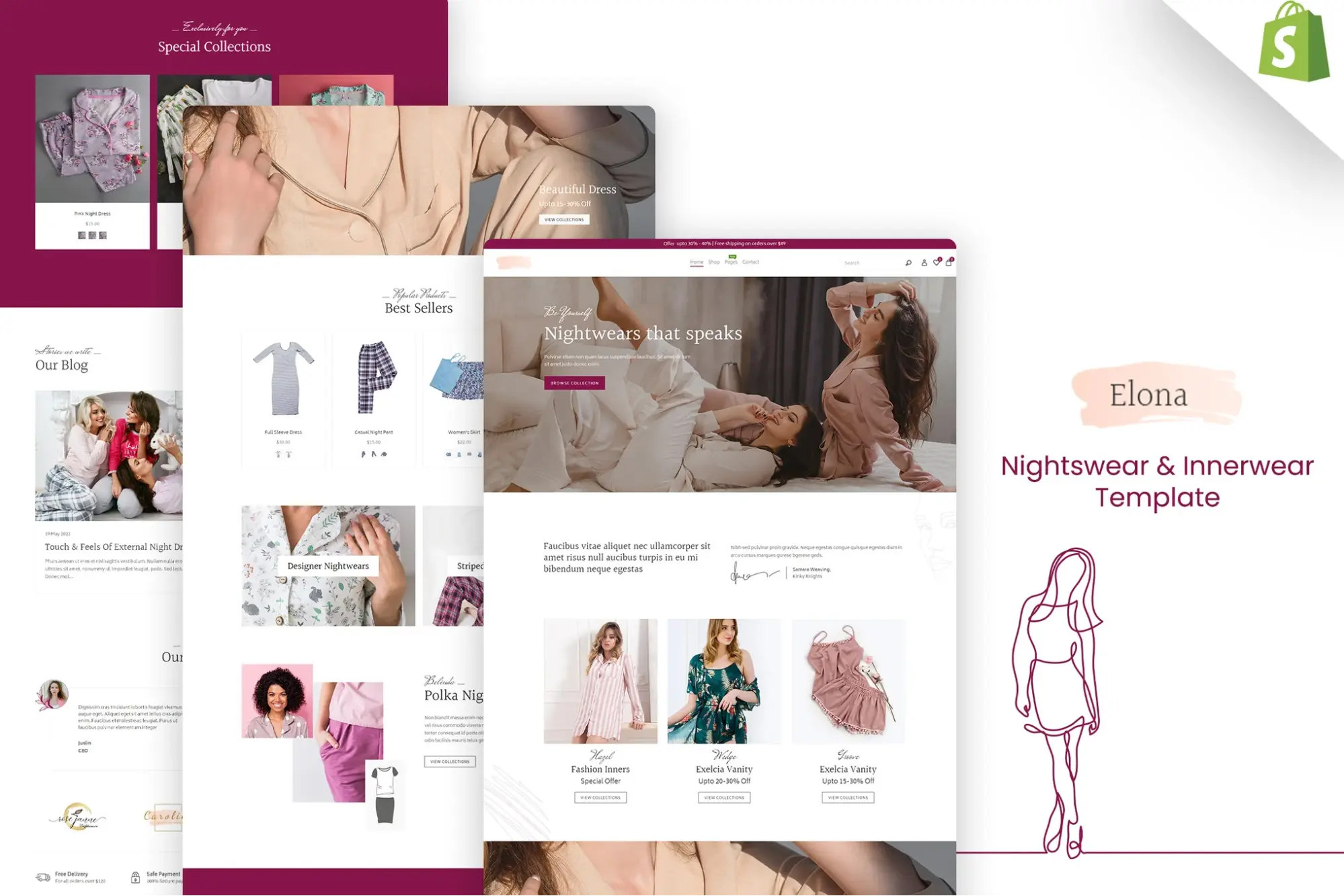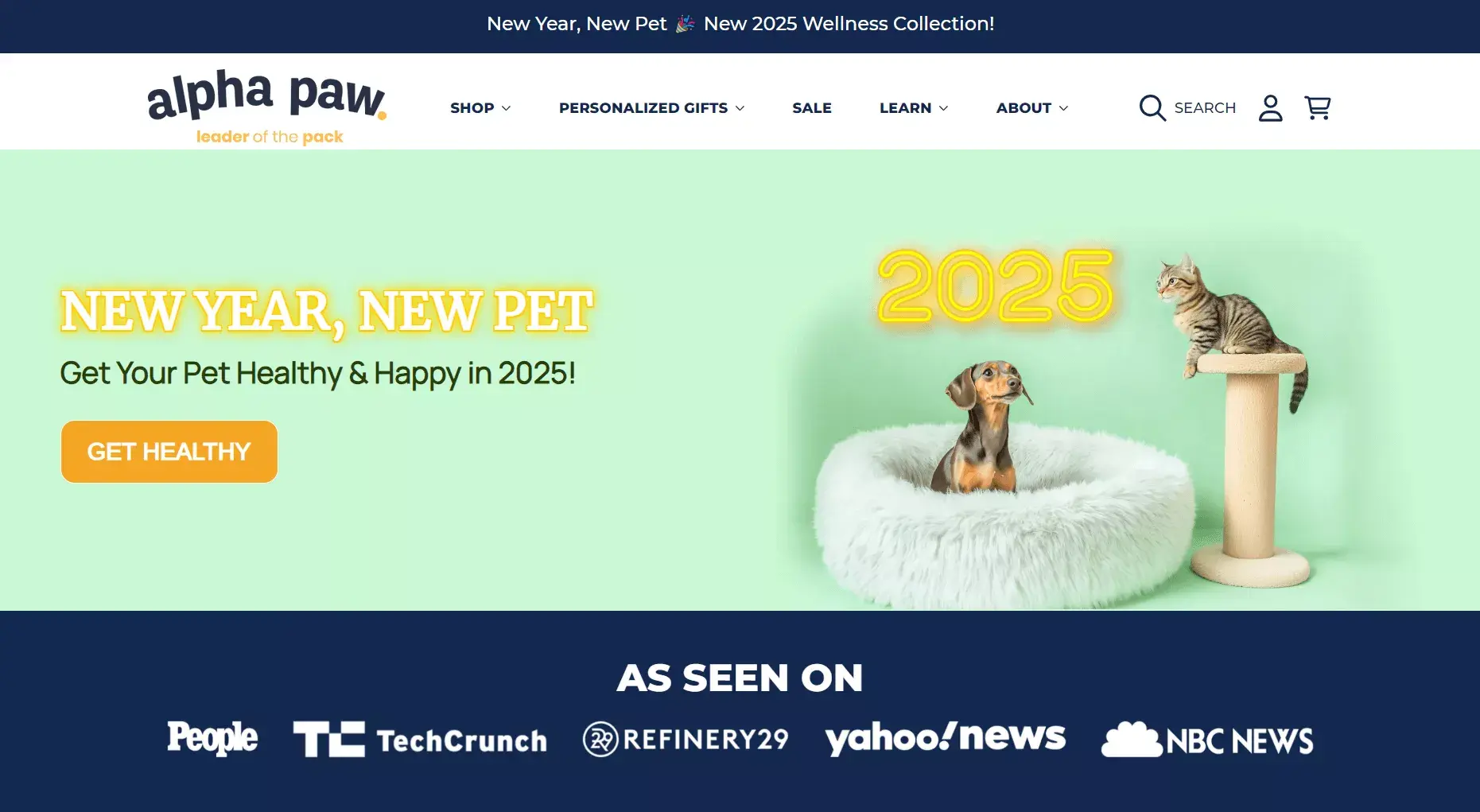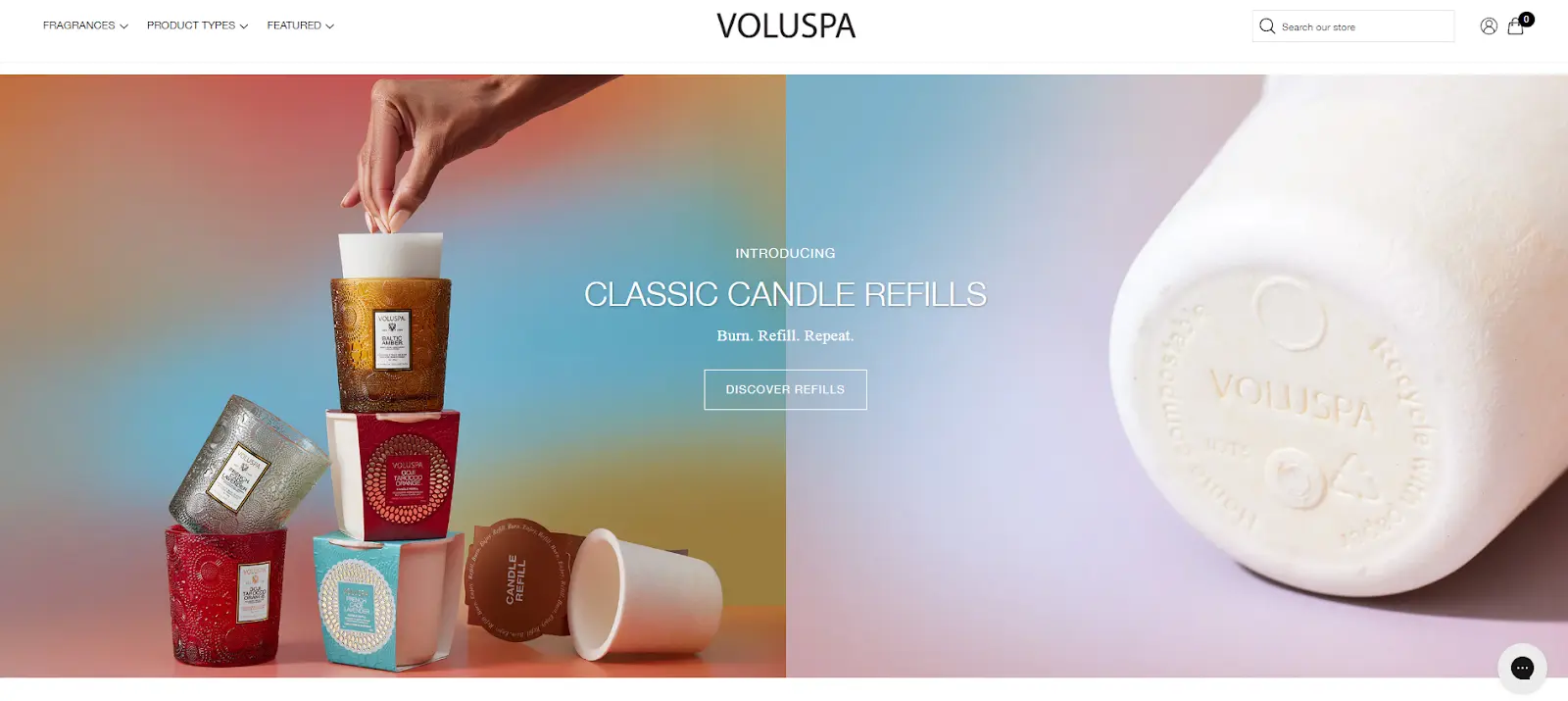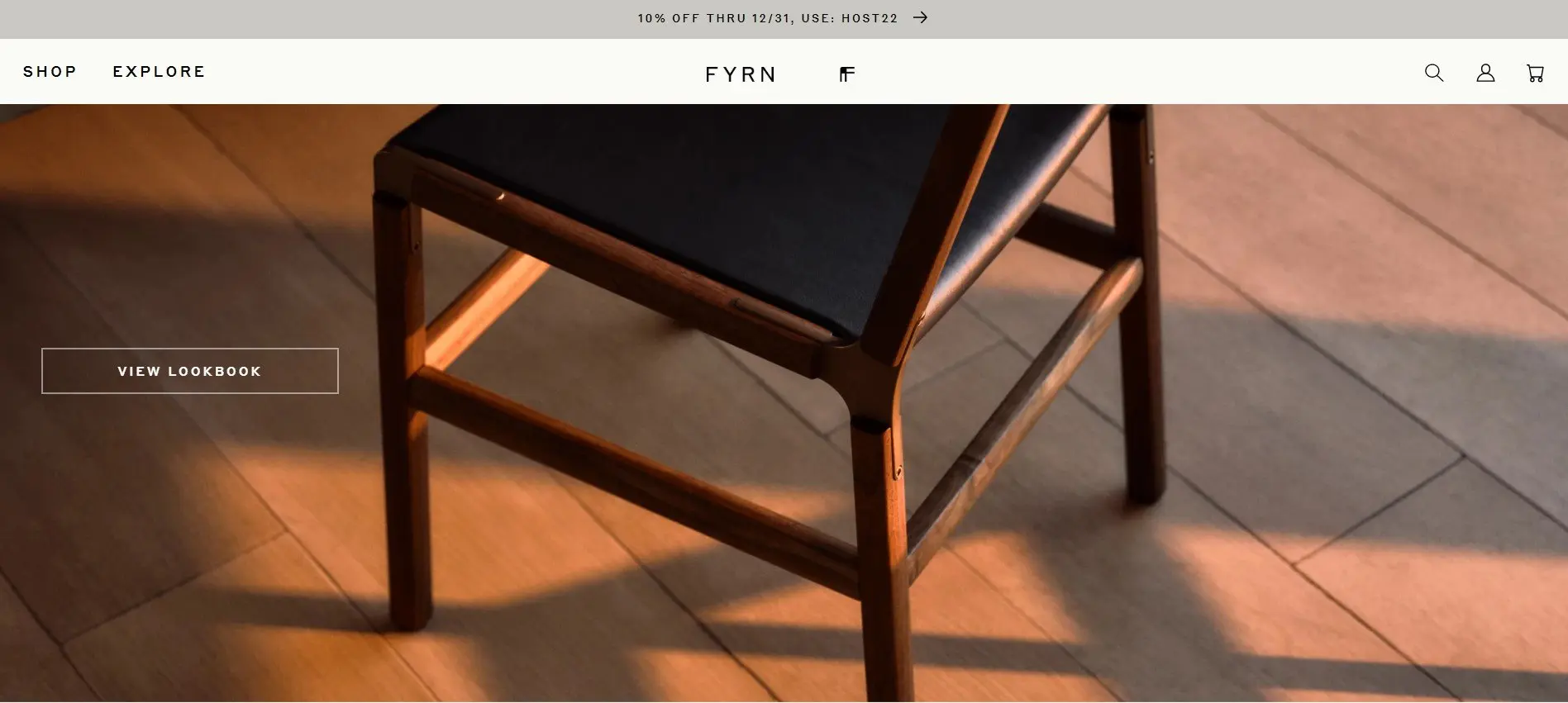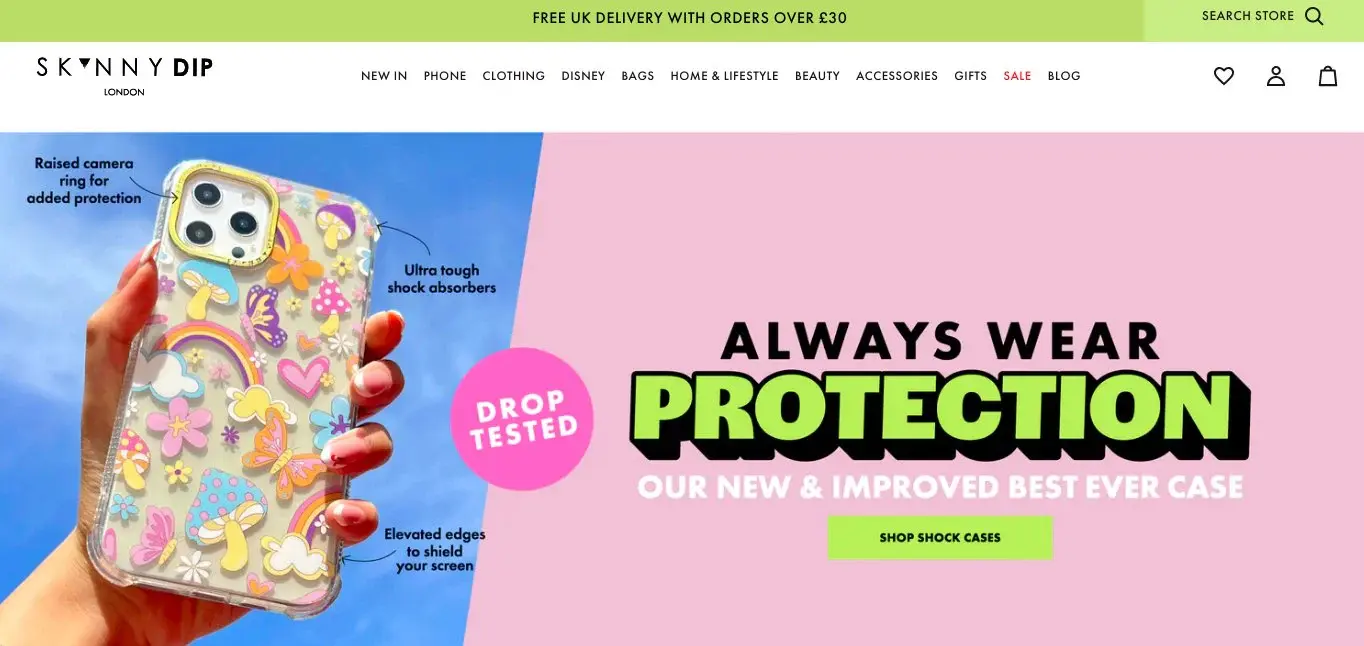10+ Low Cost, High Profit Margin Products to Sell Online in 2025
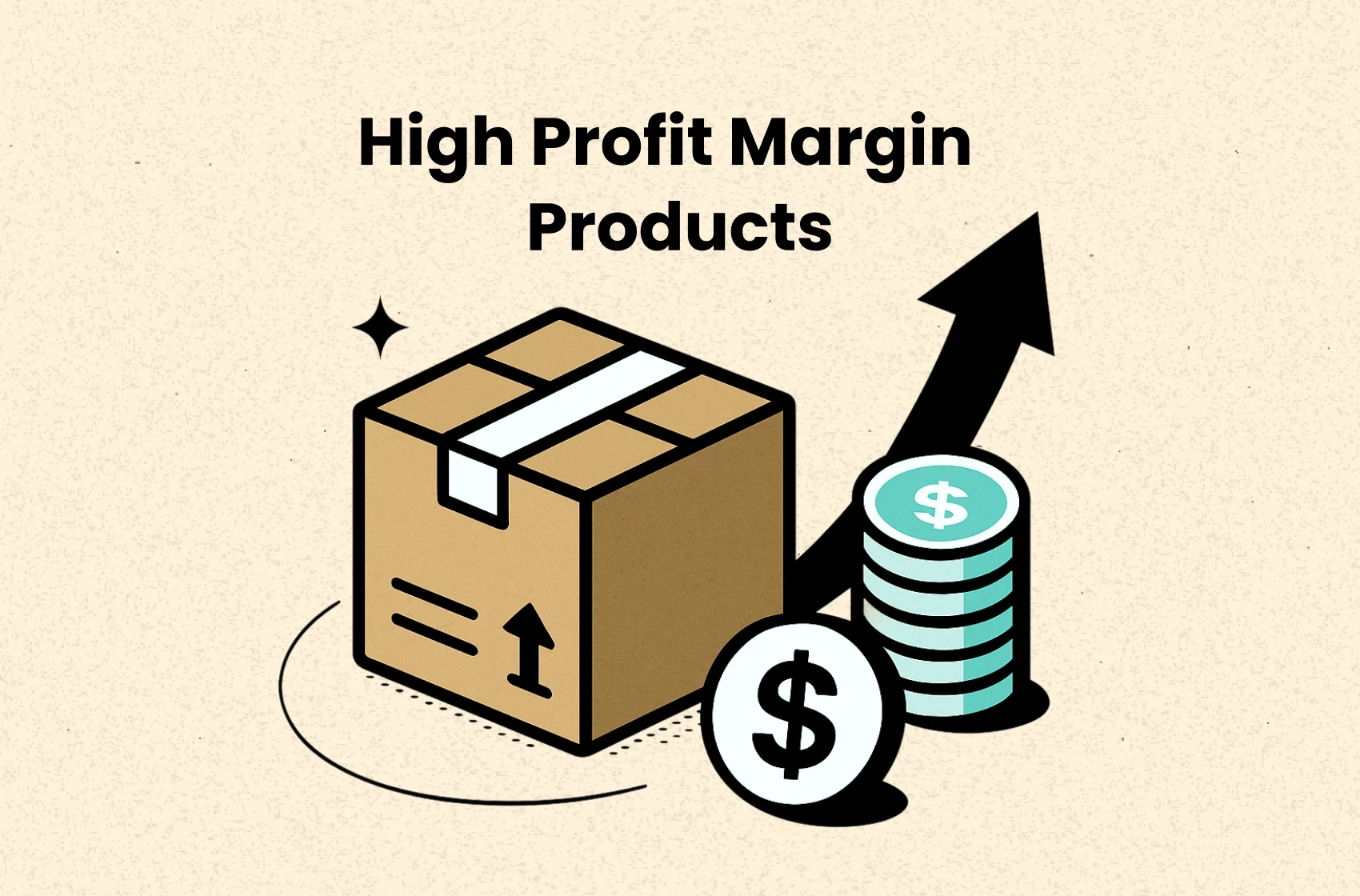
Running an eCommerce store on a tight budget? Don’t worry — many top sellers started just the same way.
Their first move is choosing a high profit margin product. It’s the easiest way to keep more profit from every sale — without complex marketing needed (yet).
This list breaks down real high-margin products for ecommerce to try in 2025.
Let’s dive in and get your store off to a strong start!
What is a High Profit Margin Product for eCommerce?
In ecommerce, a high profit margin product is one that leaves you with a solid chunk of profit after every sale — even after paying for ad, shipping, and platform fees.
- Say you sell a t-shirt for $12, but it costs you $11 to make and ship it.
→ Your profit: $1. - But if you raise the price to $20 — and costs stay the same — you now make $9 profit per sale.
Profit Margin Formula:
👉 Want to quickly see if your product’s making you real profit? Try our free Profit Margin Calculator.
What’s Considered a High Profit Margin Product?
Depends on product type and your niche— but here’s a quick rule of thumb for products with high profit margin: :
- 30%+ is good
- 50%+ is great
- 70% or higher is high-margin territory
In the first example:
($1 ÷ $12) × 100 = 8.3% profit margin
→ That’s a low margin.
In the second example:
($9 ÷ $20) × 100 = 45% margin → That’s a good margin.
Why Do High Profit Margin Products Matter?
A higher margin gives you room to “breath” especially when you’re just getting started with low capital.
It covers stuff like:
- TikTok or Meta ads
- Transaction fees
- Refunds or returns
- Mistakes (they’ll happen)
Best High Profit Margin Product for eCommerce in 2025
Jewelry
Average Profit Margin: $5–$35 per item
Jewelry is a go-to high-margin product for many first-time sellers — and for good reason. It’s small, lightweight, and appeals to a wide range of shoppers across different niches (fashion, gifts, self-care). Whether it’s rings, necklaces, or bracelets, jewelry makes it easy to test creative angles and build a brand around style or sentiment.
Pros:
- Easy to store and ship
- Consistent, year-round demand
- Great for upsells, bundles, and gift packaging
Cons:
- Highly competitive market
Beauty Products
Average Profit Margin: $3–$25 per item
Beauty is a massive and evergreen niche with loyal repeat buyers — from skincare and makeup to haircare and grooming essentials. Plus, with so many sub-niches (clean beauty, men’s grooming, anti-aging, etc.), there's plenty of room to carve out your angle.
Pros:
- Lightweight and simple to ship
- Tons of niche opportunities (natural, budget-friendly, luxury, etc.)
Cons:
- Highly competitive market
Kids Toys
Average Profit Margin: $10–$30 per item
Toys are evergreen — parents are always buying them, birthdays and holidays never stop coming, and trends (like sensory toys or STEM kits) keep demand fresh. You can sell everything from plushies and puzzles to remote-control cars or educational games, making toys a great niche to test product ideas and bundles.
Pros:
- Steady year-round demand
- Easy to buy in bulk from suppliers
- Great for bundling or seasonal promos
Cons:
- Big brands dominate the space (think LEGO or Mattel)
- Varying sizes and weights can complicate shipping and fulfillment
Sunglasses
Average Profit Margin: $3–$20 per item
Sunglasses are a classic fashion-meets-function product with serious brand potential. Whether you're selling statement styles or minimalist designs, they’re lightweight, unisex, and easy to brand around lifestyle and aesthetics. With strong seasonal spikes and gift potential, sunglasses are a great entry point for visual-first eCommerce stores.
Pros:
- High margins if sourced right
- Lightweight and easy to ship
Cons:
- High competition
Shoes
Average Profit Margin: $10–$45 per pair
Shoes are a wardrobe staple with year-round demand, making them a solid eCommerce play if you find the right niche. Bonus: shoe content performs well on platforms like TikTok and Instagram, making it easier to fuel organic growth.
Pros:
- Universally needed
- Lots of niches (sneakers, boots, sandals, orthopedics, etc.)
- Good resale value, especially for branded or limited-edition styles
Cons:
- Highly competitive space with big-name players
- Sizing variations = higher return rates (make sure your size guide is crystal clear)
Sleepwear & Underwear
Average Profit Margin: $5–$25 per item
Sleepwear and underwear have evolved from boring basics to stylish essentials — and shoppers are more than happy to invest in comfort and design. With the right supplier and branding, these pieces can deliver strong margins and repeat purchases.
Pros:
- Lightweight, easy to store and ship
- Growing demand for stylish, comfort-first basics
Cons:
- Sizing can be tricky — requires offering a range of fits and clear size charts
- May face returns if the fit or material doesn’t meet expectations
Pet Care Supplies
Average Profit Margin: $5–$50 per item
The pet niche is booming — it offers high variety and strong repeat-purchase potential. Pet owners love spoiling their furry friends, which opens the door for creative upsells and bundles that drive higher margins.
Pros:
- Huge sub-niches (dogs, cats, grooming, health, accessories)
- Great for recurring purchases
- Easy to build bundles and upsells
Cons:
- Shipping bulky items (like litter boxes or beds) can be costly
- Some products may need extra product education
Candles
Average Profit Margin: $5–$15 per item
From scented aromatherapy to aesthetic décor pieces, candles can tap into multiple moods and moments. They’re easy to brand, great for bundling with accessories, and perform especially well in seasonal or lifestyle-focused online stores.
Pros:
- Easy to source and private label
- Built-in repeat purchase potential (especially with scents or seasonal lines)
Cons:
- Fragile — requires careful packaging to avoid breakage
- Can melt or deform in hot climates or poorly controlled storage
Outdoor Furniture & Accessories
Average Profit Margin: $30–$150 per item
Outdoor living is trending hard — and shoppers are investing more in patios, backyards, and balcony makeovers. Whether it’s sleek seating sets, hammocks, or solar-powered lights, outdoor furniture and accessories give you room for high-ticket sales and upsells. It's a bigger category with bigger margins, perfect if you’re ready to scale up.
Pros:
- High-ticket items mean higher per-sale profit
- Great upsell potential with accessories like cushions, covers, or lights
- Seasonal spikes (spring/summer) can drive fast growth
Cons:
- Bulky items = higher shipping costs and more logistics to manage
- Slower sales cycle — not as impulse-friendly as smaller items
Phone Accessories
Average Profit Margin: $3–$15 per item
Phone accessories are small, lightweight, and always in demand. With new phone models launching every year, there’s a steady stream of fresh buyers. The best part? Phone accessories are perfect for testing product ideas without a huge upfront cost.
Pros:
- Easy to source and ship
- Constant demand thanks to yearly phone upgrades
Cons:
- Highly competitive — low barrier to entry means more sellers
- Lower margins unless you differentiate with bundles or unique branding
The Right Way To Monitor Profit Margin for Your Products?
Option 1: Spreadsheet
Most beginners begin here—open up a Google Sheet and plug in this net profit margin formula:
Where:
- Net Profit = Revenue – Total Cost
- Revenue = Gross sales minus discounts, returns, plus shipping & taxes collected
- Total Cost = COGS + Handling fees + Shipping cost + Ad spend + Transaction fees + Custom costs + Taxes paid
Option 2: Profit Margin Calculator
Skip the formulas and use TrueProfit’s free Profit Margin Calculator.
Just enter your cost, selling price, ad spend, and shipping — and you’ll get your profit margin faster.
Recommended Option: TrueProfit – Best for Tracking Product-Level Profit on Shopify
TrueProfit is a Shopify analytics platform built specifically for eCommerce sellers who want full control over their profit. Instead of checking five dashboards to guess profit insight, TrueProfit shows you the real-time bottom line—all in one place.
Here’s how it helps:
- Track true net profit per product, ad, and channel
- Auto-sync with Meta Ads, TikTok, and Google to get exact ad spend
- See your product-level ROAS and net profit, not just top-line revenue
- Monitor COGS, shipping, fees, and hidden costs—automatically
- View live P&L from both desktop and mobile so you never lose sight of your store’s performance
Here's your quick comparison on three profit margin tracking methods: pros, cons, and best use case.
Method | Pros | Cons | Best For |
|---|---|---|---|
Spreadsheet | - Easy to set up with no tools | - Manual, time-consuming- Error-prone- Doesn’t scale with store growth | Beginners learning the basics of margin tracking |
Free Calculator | - Quick and easy- No formulas required | - One-time view only- Manual input needed each time- Doesn’t reflect real-time changes | Sellers testing product ideas quickly |
TrueProfit (Recommended) | - Tracks real-time net profit per product- Auto-syncs ad spend from Meta, TikTok, Google- Calculates COGS, shipping, fees automatically- Product-level ROAS, P&L, and full visibility | May require one-time setup (but their support team makes it easy) | Shopify sellers who want full profit visibility and plan to scale |
High Profit Margin Product FAQs
Lila Le is the Marketing Manager at TrueProfit, with a deep understanding of the Shopify ecosystem and a proven track record in dropshipping. She combines hands-on selling experience with marketing expertise to help Shopify merchants scale smarter—through clear positioning, profit-first strategies, and high-converting campaigns.

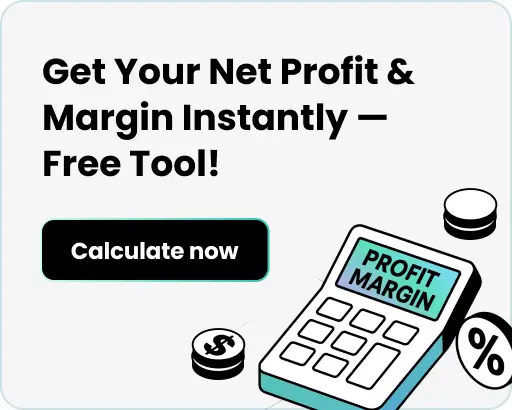


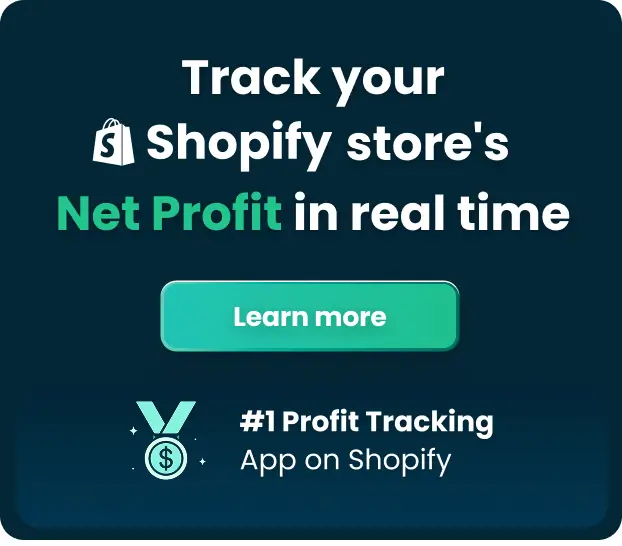
 Shopify profits
Shopify profits